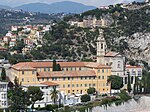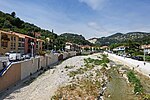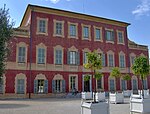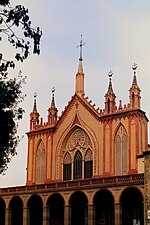Nice Observatory
Astronomical observatories in FranceBuildings and structures in NiceCharles Garnier buildingsGreat refractorsSecond Empire architecture
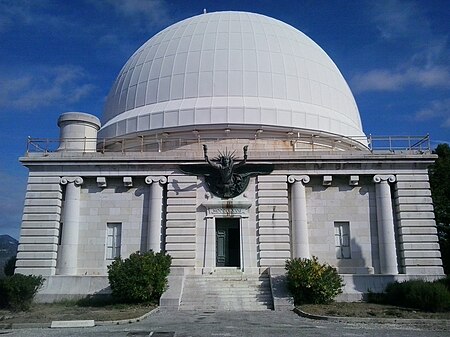
The Nice Observatory (French: Observatoire de Nice) is an astronomical observatory located in Nice, France on the summit of Mount Gros. The observatory was founded in 1879, by the banker Raphaël Bischoffsheim. The architect was Charles Garnier, and Gustave Eiffel designed the main dome. In 1886 the largest refracting (i.e., with an objective lens rather than a mirror) telescope in the World made its debut at Nice Observatory, the Grand Lunette.
Excerpt from the Wikipedia article Nice Observatory (License: CC BY-SA 3.0, Authors, Images).Nice Observatory
Boulevard de l'Observatoire, Nice
Geographical coordinates (GPS) Address Nearby Places Show on map
Geographical coordinates (GPS)
| Latitude | Longitude |
|---|---|
| N 43.72744 ° | E 7.29907 ° |
Address
Grande Coupole (Coupole Bischoffsheim)
Boulevard de l'Observatoire
06340 Nice
Provence-Alpes-Côte d'Azur, France
Open on Google Maps


